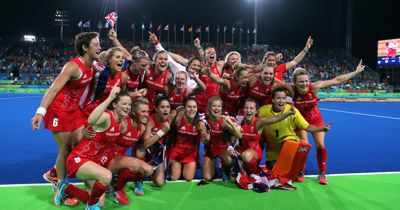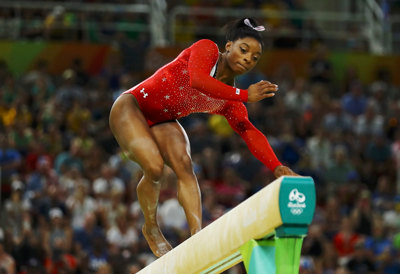What does the future of multi-club ownership look like? And what does it mean for the future of football?
It feels like we are at the beginning of a cycle. There is an influx of new owners setting up multi-club models in pursuit of exploiting commercial and operational inefficiencies, with the likes of Redbird FC, Pacific Media Group, Pozzo family, and Red Bull Group leading the way. What happens next? Will we see consolidation with the most successful groups becoming bigger and dominating the market? And if so, what will be the sources of long-term competitive advantage?
Scaling up
In our recent Re-Thinking Sport pod, Paul Conway of Pacific Media Group described their secret sauce as discipline. It might be possible for others to bring in younger players, play the same style of football, and apply the same data analytics. But can they be as ruthlessly disciplined and committed in executing this strategy to the level required to make it work? One look at the wage to revenue ratio of football clubs across Europe suggests discipline is a rare trait. Execution isn’t easy.
What else then can be a source of long-term competitive advantage as the multi-club model proliferates and once the winning tactics of today are commonplace?
Could scale be a differentiator? City Football Group is one of the largest multi-club models with 10 clubs. What does a multi-club model look like when it gets to 20 to 30 clubs? What’s the tipping point for being able to really leverage the benefits of commercial and operational centralisation? It may be an over-simplification, but it’s easy to see the logic that if you have more clubs, then you have more of a strategic advantage through a larger playing pool, a bigger data set, a larger inventory of minutes, and ultimately greater commercial and operational opportunities
What about vertical integration? Will multi-club models need to go beyond just owning football clubs to really succeed? Technology is transforming football, with data analytics at the heart of many multi-club models. Should investors look to own proprietary technology and data to ensure they stay ahead? We believe integration at the multi-club level is a differentiator for long-term value creation. For example. Barcelona FC’s 2-year-old studios reportedly generated £14.4m profit in 2020, at a staggering 57% EBITDA margin, how much further could this go through effective integration across an MCO model? Similarly, the value of players in the sports ecosystem is undoubtedly on the rise. Should multi-club models look to own agents, academies, and players' image rights?
What about the exit plan to maximise returns from any future sales? What’s the right approach? A key tenet of why people are investing in football now is that clubs are undervalued. But how do you value an MCO? Our view would be that, whilst it will always depend on the specific case, that owners can maximise value from selling the whole. CFG was valued at a revenue multiple of c. 8x in the Silver Lake acquisition, whereas typical football clubs in the UCL are between 4-6x and smaller top division/second division teams are between 1-3x. If this is true, what can multi-club owners do today to start preparing for a successful exit?
Five years from now
This also raises some interesting questions around ownership and regulation in European football, and sport more broadly.
If we do move towards a world of large multi-club groups, then what does this mean for the European sport model? At scale, the two concepts begin to feel somewhat incompatible. Also, if multi-club models work for clubs, then what does this mean for leagues? Examples such as the MLS demonstrate the benefits of a single-owner franchise model. Will we begin to see more single-owner models in football too?
Finally, what could larger multi-club models mean for regulators? Countries like Denmark and Norway already take very different approaches to foreign investment and multi-club models, with Denmark more open to FDI. This could fundamentally shift regional dynamics, with Norway becoming a feeder and exporter of talent to Denmark. Will individual countries such as Norway take regulatory action to try to address this, or does it need a more coordinated and cohesive strategic response from international federations?
Multi-club ownership is a fascinating topic and one that may well play a key role in shaping the future of European football – and possibly sport more broadly. Discipline may be the answer for short-term success, but the time is now for investors and regulators to start thinking strategically about the long-term.
If you would like to know more, join our webinar on multi-club ownership models or contact me directly on pmassey@portasconsulting.com




